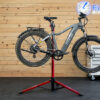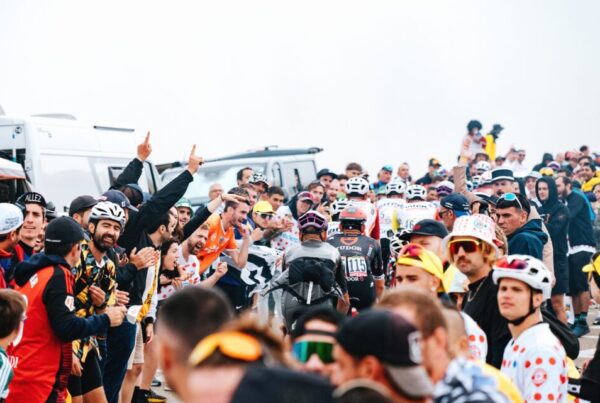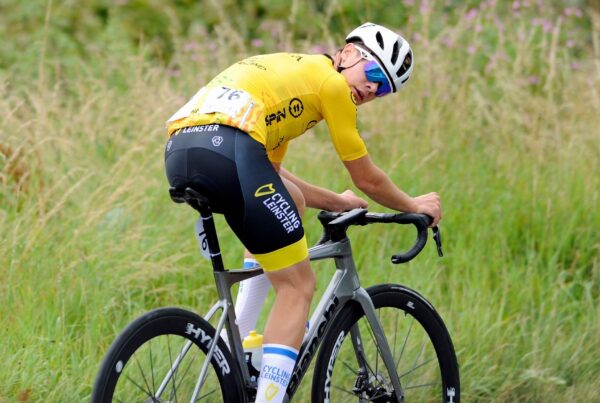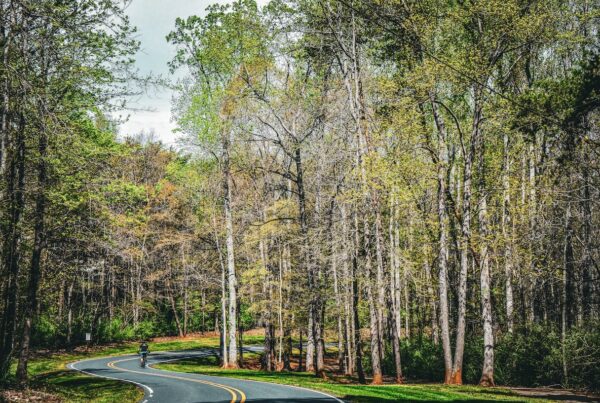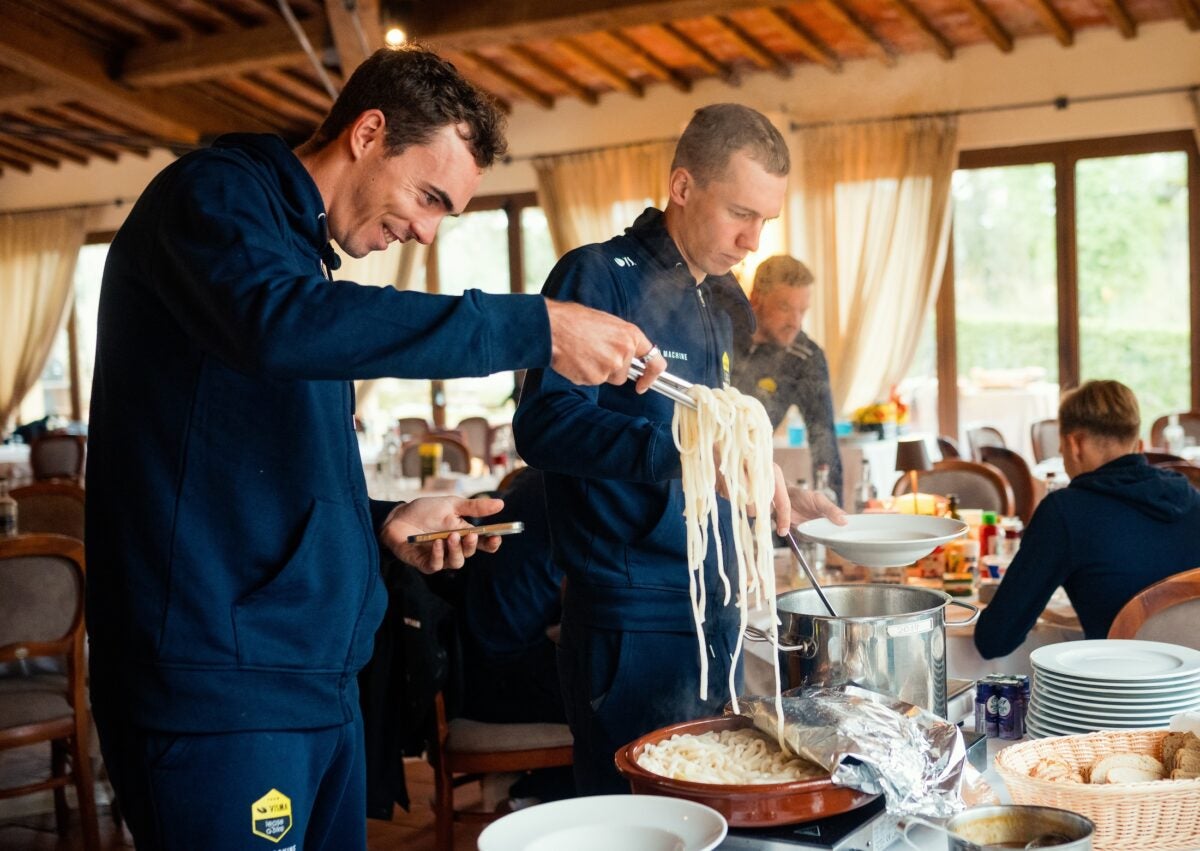
.
.
.
#TourOfFlanders #ParisRoubaix #CyclingCalories #MathieuVanDerPoel #TadejPogacar #CobblestoneSufferfest #8000Calories #ProCyclingNutrition #FilippoGanna #CarbLoading #MonumentMadness #CyclingFuel #TourDeFrance #GutTraining #BigMacChallenge
Source link
Riders in grueling cobblestone classics like the Tour of Flanders or Paris-Roubaix burn an astonishing amount of energy—more than 8,000 calories between breakfast and bedtime on race day. To put this into perspective, that’s equivalent to consuming 15 Big Macs, 200 Chicken McNuggets, 16 servings of French fries, or 40 pints of beer. This staggering calorie burn highlights the extreme physical demands of these races, often considered the hardest in cycling.
The 8,000-calorie figure is an average, with some riders burning even more. Factors like body mass and racing intensity play a significant role. For instance, Filippo Ganna, a larger rider at 80kg, likely burned close to 10,000 calories during Milan-San Remo, where he pushed himself to stay with Mathieu van der Poel and Tadej Pogačar. His Strava data showed he burned 6,500 calories during the race alone, with an additional 3,000 calories burned through daily activities like breathing and digestion.
Similarly, the toughest mountain stages of the Tour de France can also push riders to metabolize similar amounts of energy. Climbing 5,000 meters in the Alps at six watts per kilo is as metabolically demanding as the 270km of cobblestone punishment in the Tour of Flanders.
### Fueling for the Monuments
To prepare for such extreme energy expenditure, riders follow a meticulously planned nutrition strategy. Carb-loading begins at least 48 hours before the race, with riders consuming more than 600g of carbohydrates the day before—equivalent to eating two kilograms of cooked rice. This ensures their glycogen stores are fully stocked. During this period, riders avoid high-fiber foods and limit protein intake to prevent feelings of fullness and digestive discomfort.
On race day, breakfast is carb-heavy, with rice, pasta, oatmeal, or bread as the main components, accompanied by moderate portions of protein and fat, such as an omelet or yogurt. Snacking continues right up to the start line. During the race, riders consume at least 120g of carbohydrates per hour—around 500 calories—through gels, energy drinks, and sometimes mid-race snacks like waffles. Over six-and-a-half hours, this adds up to more than 3,000 calories consumed on the bike.
Post-race, recovery is critical. Riders eat almost hourly to replenish their energy stores, repair muscles, and prepare for the next challenge. For those racing both Flanders and Paris-Roubaix, this recovery process is even more intense, as they must recover from one race while preparing for the next.
### The Science of Race-Day Fueling
Modern cycling nutrition is a precise science, with team nutritionists tailoring meal plans to match each rider’s energy expenditure. Maintaining energy balance—consuming as many calories as are burned—is essential for optimal recovery, muscle maintenance, and overall metabolic health. This means riders have around 5,000 calories left to consume through regular meals and snacks after accounting for on-bike fueling.
While the idea of eating 15 Big Macs might seem simpler, the reality is that race-day fueling is a carefully orchestrated process that combines science, art, and practice. It’s a testament to the incredible physical and mental demands of professional cycling, where every calorie counts in the pursuit of victory.

